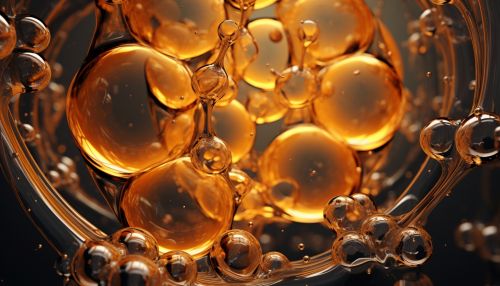Blastula
Introduction
The Blastula is a stage in the embryonic development of animals, which follows the Morula stage and precedes the Gastrula stage. It is characterized by a hollow sphere of cells, known as blastomeres, surrounding a fluid-filled cavity called the blastocoel.


Formation
The formation of the blastula, also known as blastulation, begins with the process of cleavage, a series of rapid cell divisions without cell growth. This results in a cluster of cells that is the same size as the original fertilized egg, or zygote. The cells in this cluster, known as blastomeres, are smaller than the original zygote cell.
Structure
The blastula is composed of a single layer of cells, known as the blastoderm, which surrounds a fluid-filled cavity, the blastocoel. The blastoderm is composed of blastomeres, the cells produced by cleavage. The blastocoel is a crucial component of the blastula, as it allows for cell migration, a key process in the next stage of development, gastrulation.
Variations
There are several variations in the structure and formation of the blastula, depending on the species. In mammals, for example, the blastula stage is referred to as the blastocyst. The blastocyst differs from the typical blastula in that it contains an inner cell mass, which will eventually form the embryo, and an outer layer of cells, the trophoblast, which will form the placenta.
Significance
The blastula stage is significant in embryonic development as it sets the stage for gastrulation, the process by which the single-layered blastula is reorganized into a multilayered structure known as the gastrula. This process involves the movement of cells from the surface of the blastula to the interior, forming the three primary germ layers: the ectoderm, mesoderm, and endoderm.
